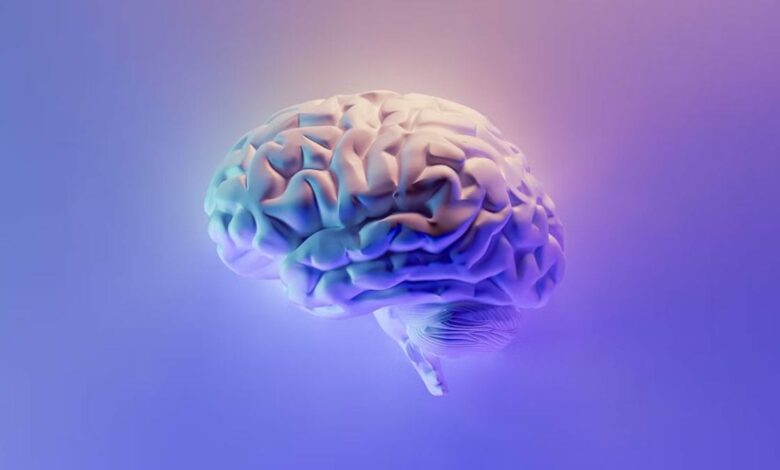Research shows human brains can last up to 12,000 years

Recent research shows that human brains can survive for astonishingly long periods of time, with some surviving for up to 12,000 years. Alexandra L. Morton-Hayward, a forensic anthropologist at the University of Oxford, led a study that uncovered more than 4,400 preserved human brains from various archaeological sites. The finding challenges the idea that such preservation is rare, suggesting instead that ancient brains may be more common than previously thought.
Uncovering the Secrets of Brain Preservation
Morton-Hayward and her team studied centuries of archaeological data and categorized preserved brains into five types based on their preservation methods. These included freezing, drying, tanning, saponification (the formation of burial wax), and a fifth category in which the preservation process remains unknown. Surprisingly, nearly a third of these brains did not fit into any established category, suggesting a mysterious preservation mechanism that could explain their longevity.
The study found that brains preserved by unknown methods last much longer than brains preserved by known processes. Most of these exceptionally long-lasting brains were discovered in moist environments, such as shipwrecks and lake beds. The team hypothesizes that unique brain chemistry and postmortem changes may contribute to this extraordinary durability. The research, published in Proceedings of the Royal Society B, highlights the potential for more preserved brains to be discovered in future archaeological excavations.
Types of conservation and their sustainability
Of the types of preservation, frozen and dehydrated brains generally appear to last shorter than brains preserved by tanning or saponification. However, the “unknown” category consistently shows brains that are preserved the longest. This suggests that further research into these unknown preservation processes could reveal new ways to understand ancient human remains.
In addition to studying conservation types, research illustrates that as the age of preserved brains increases, their number generally decreases. This trend is particularly evident when the abundance of preserved brains is compared with different preservation methods.
Future implications
The new insights into brain preservation have important implications for archaeology and forensic science. They suggest that preserved brains may be more common than previously thought, yielding valuable information about ancient human life and environments. Alexandra L. Morton-Hayward’s findings encourage archaeologists to closely examine skulls during excavations, as hidden preserved brains may provide new insights into our past. This groundbreaking research opens avenues for future studies and could redefine how we approach the study of ancient human remains.




